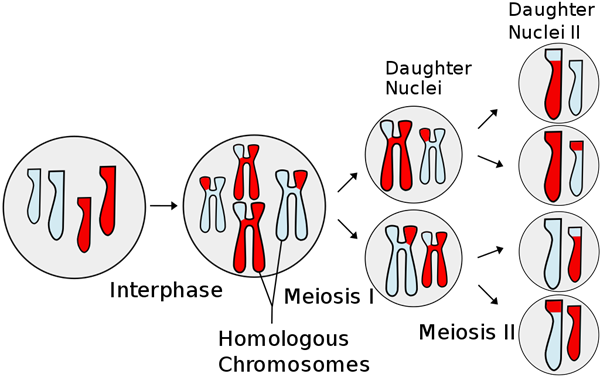Optimization Settings
 The Optimizer includes an
interface to the settings of the GA in use. It allows controlling how the GA
executes an optimization run. For all parameters reasonable or good defaults
have been provided and recommended ranges for those parameters are indicated in
the dialog.
The Optimizer includes an
interface to the settings of the GA in use. It allows controlling how the GA
executes an optimization run. For all parameters reasonable or good defaults
have been provided and recommended ranges for those parameters are indicated in
the dialog.
The available settings are:
Generic Algorithm
| Setting | Description |
|---|---|
| Random seed | Controls how the randomization within the GA executes. For same Random Seed the same "random" sequence is generated. Quotes around random are indicative of the pseudo-random nature of "random" numbers in computing. If no other parameter changes, a change of Random Seed may still create a different result for an optimization run. |
| Population size | Number of individuals in each generation. When sending the optimization into the cloud, this is almost the factor of acceleration that may be expected. |
| Elite population size | Number of individuals that is retained across generations and updated with better performing solutions in the progress of the optimization run. For multi-objective optimization, this is an arbitrary selection across the Pareto frontier (see Appendix 1). |
| Crossover points | Crossover mimics the mixing of chromosomes in sexual
reproduction.
Crossover points lets the user determine at how many locations the parent chromosomes are cut up for remixing. A higher number of crossover points will generate more variety but is no guarantee for faster convergence on a single optimum or a Pareto frontier (see Appendix 1) for dual and multi-objective optimization cases |
| Mutation rate | Assuming binary encoding, percentage of bits that are subjected to mutation. Mutation is simulated by arbitrarily flipping bits in the chromosome, i.e. 0 bits will be turned to 1, and 1 bits will be turned to 0. Encoding ensures that any mutation changes a gene from a valid value to another valid value. |
| Creeping rate | Creeping rate specifies percentage of mutations that move up or down one valid value step within the allowable values for a gene on the chromosome |
| Creeping down rate | The probability with which a creeping mutation will creep down to the next lower value compared to creeping to the next higher one. Creeping down bias may be positive reinforcement of desired minimization of results. |
| Elite mate rate | The probability of an elite mate being selected over a mate selected using the standard selection mechanism. An elite mate is a member of the elite population |
| Crossover rate | The probability with which crossover will occur for two selected parent chromosomes. |
| Tournament fittest win rate | The probability with which the best performing participant in the tournament will be selected. Participants in the tournament are randomly selected from the population. |
Completion Criteria
| Setting | Description |
|---|---|
| Maximum generations | The maximum number of generations that will be executed before the algorithm terminates unless another termination criterion has caused earlier termination. |
| Maximum trials | The maximum number of trials that will be executed before the algorithm terminates unless another termination criterion has caused earlier termination. |
| Non-improvement generations | The number of generations with no improvement in results (i.e. fitness values) that must be reached before the GA terminates. While this is an unambiguous criterion for single objective optimization runs, measurement of "improvement" is more complex in multi-objective optimization; therefore, if a denser Pareto frontier is desired, a higher number of non-improvement generations (e.g. 50) is recommended. Note that with inclusion of analysis this will increase compute time significantly compared to the default value of 5. |


